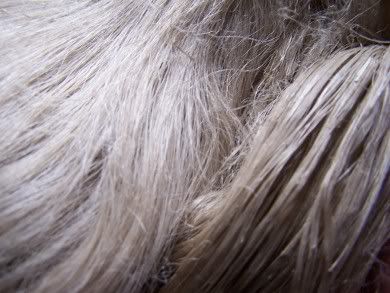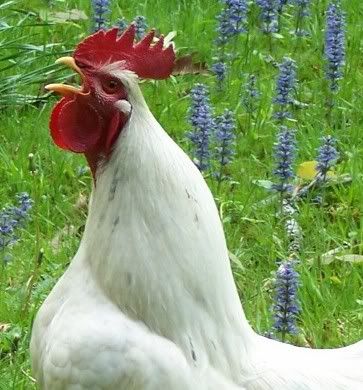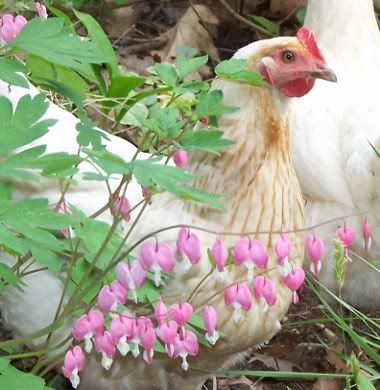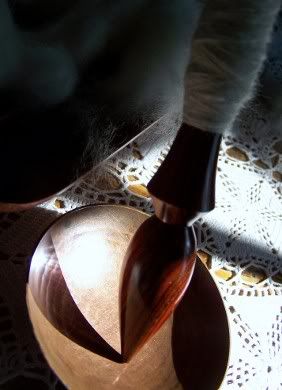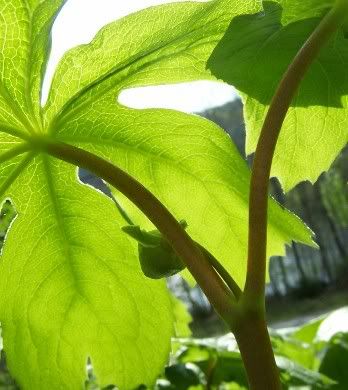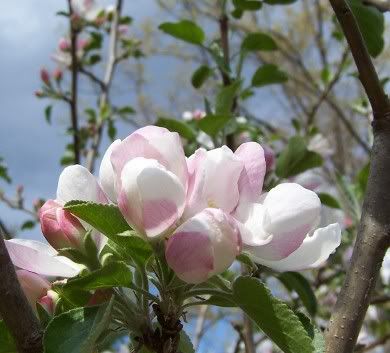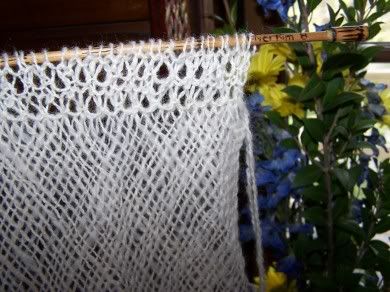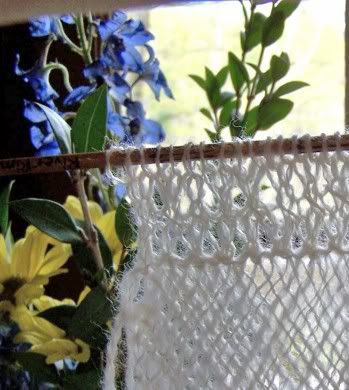Cathy is my Shetland Connection. Over the years, (has it really been years?) I occasionally get a package in the mail from her...little (and sometimes bigger) baggies...with bits of Shetland sheep fleece tucked inside. I spin them up, I make notes...I set them aside...in my "Shetland samples" basket.
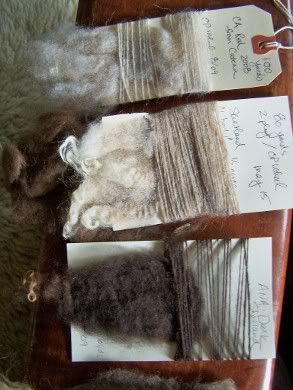
The baggies are marked with the name of the sheep, and occasionally the name of shepherdess and/or the name of the Shetland color. According to the NASSA..Shetland wool comes in one of the widest ranges of colors of any breed.
While reading up on the names and numbers of colors that can come out of the Shetland breed, I found this interesting quote:
"Besides the white, the sheep produce several shades of wool including moorit(reddy/brown), shaela (silvery grey), fawn, grey, dark brown and black. They are often patterned such as krunet (white crown), katmoget (dark belly) and gulmoget (light underneath). There are 11 main colors as well as 30 markings, many still bearing their Shetland dialect names. Unfortunately, many of these colors and markings have become quite rare as white wool has historically commanded better prices."
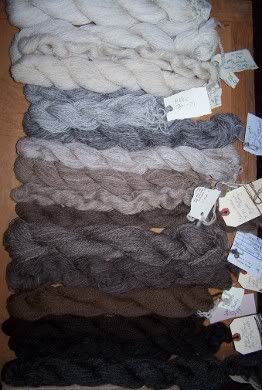
I'm starting to enjoy seeing the range of samples that I am slowly amassing...they look so pretty all lined up.
From dark to light:
Batty Grey (which was my favorite!)
Ana-Dark
Henna
Liberty
Sax Emsket multicolor
Fawn
Korny
Liberty light
unmarked
Nikke
Peeps
Some samples have been spun on the Great Wheel, others on the Ashford, or CPW...and a few are spindle spun. Some are woolen, some are worsted, and some are somewhere in between. Some of my samples are singles.
I have tried to spin the individual wool samples the way I believe they should be spun. In other words, I spin the wool in a manner that I think the wool would best lend itself to make the type of yarn they were born to be. If you don't spin, you may not understand what I am talking about. That's OK.
I still have a few baggies stashed away to spin up...they are marked:
Islet
Truffles
Pelageo
Willow fawn
Myrtle
Sass
And what is to become of all this yarn?

Cathy has completed a Shetland Samples sweater...gorgeous..did you see it?
And Leigh has also worked with Shetland samples...did you see her finished Shetland Sweater? Oh my! I just love looking at their work! Each sweater reflects the imagination and style of the creator. When I think of the talents and skill and creativity that went into these sweaters, I stand in awe of them!
Both of these projects are so beautiful, and inspirational...one of these days, I will finish spinning up my Shetland samples, and create a sweater of my own. But I don't mind telling you, after looking at these two projects, it is somewhat daunting to think of making my own!




